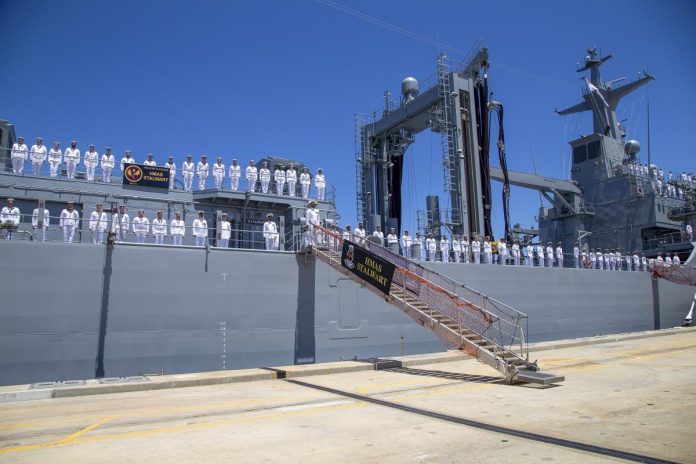The Royal Australian Navy’s (RAN) two Supply-class fleet replenishment oilers are now out of service, with Australian Deputy Prime Minister and Defence Minister Richard Marles confirming on Friday that HMAS Stalwart (A304) is now nonoperational following engine defects, joining sister ship HMAS Supply (A195) ,which has been nonoperational since March 2023, the US Navy Institute News reports.

